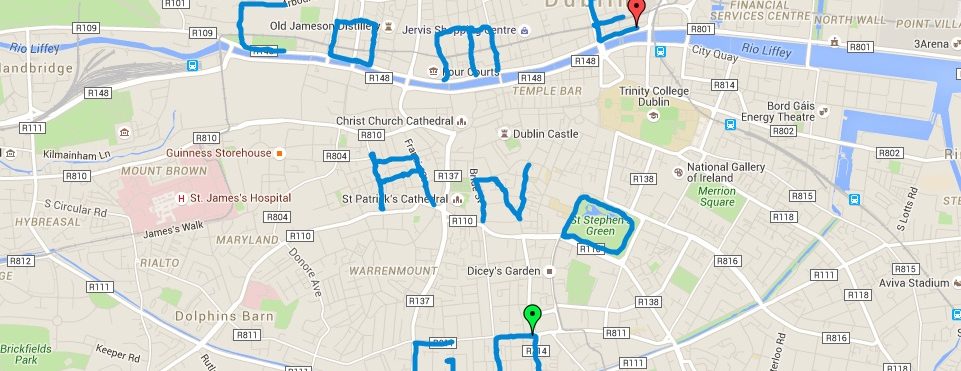Post do MobileActive.org revela smart mob em São Francisco quando da passagem da tocha olímpica. Foram usados o txtmarks.com, para organização, o Twitter, para atualização, e o vídeo streaming com o qik , para testemunho direto, ao vivo. Mais uma “smart mob” (Rheingold) demonstrando o potencial das tecnologias móveis para disseminar informação, organizar manifestações e veicular imagens de testemunhos em primeiro grau. O fenômeno deve se reproduzir em cada cidade por onde a chama olímpica passar. Vejam trechos do post:
“An early-morning group text message from SFTorch on txtmarks.com by protest organizers in San Francisco read: ‘Good morning, what a beautiful day! Default meeting place is Ferry Park, 8 am.’ Throughout the day, text messages to more than 1,300 people were disseminated by protesters, using Txtmark, a free group messaging system. Thousands of Tibetan exiles and supporters protested the Olympic torch relay throughout the day, forcing the torch route to be changed a number of times. The Twitter group SFTorch was much smaller with some 200 followers by mid-day and used to report up-to date messages to audiences both in San Francisco and elsewhere. The security prompted messages on Twitter such as this one: ‘I have never ever seen this much security for an inanimate object’ and ‘It ain’t coming here.’ – Guy behind me ‘It’s going up and down Van Ness, and nobody is there to see it.’ -Girl beside me.’
(…) Txtmarks — with its many more users for this event — was used for coordination with messages such as this: ‘Stay non-violent and effective’ and more logistical messages such as ‘everyone at Freey Building: Walk South on Embarcadero to join march at Harrison. Be peaceful but come fast!’ In an interview with MobileActive.org, Ariel Poler, CEO of txtmarks.com, said: ‘Until last night we had no idea what was going on. Suddenly we had 1300 subscribers causing our spam triggers to go off. The organizers notified us and we lifted the spam blocks.’ He noted that by mid-day in San Francisco, some 15,000 messages had been disseminated.
(…) A protester and even a reporter streamed live video from their mobile phones, using qik, another free service that allows high-end video mobile phones on a 3G network to stream live video to the Internet. The service also allows for live chat, so we were watching a live stream by a Sacramento Bee reporter while chatting with him on his mobile via the live chat function. This was the first time that mobile technology was used extensively in the United States to both coordinate and report on a large and important protest, using multiple and free mobile channels.(…)”


